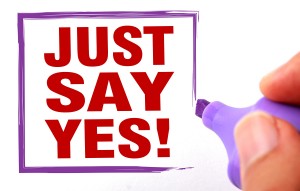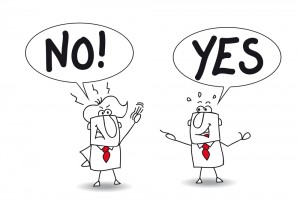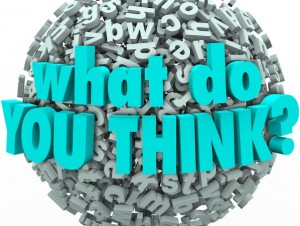
Coaching Skills: The Manager-Fixer
vs. the Manager-Coach
I’ve been thinking about why more managers don’t use coaching skills to grow their people. While most have had coach training, I’ve observed that coaching

I’ve been thinking about why more managers don’t use coaching skills to grow their people. While most have had coach training, I’ve observed that coaching

Managers who effectively harness coaching skills reap multiple benefits. Their employees are more committed, willing to put in greater effort and are less likely to

Are you using your brain to its optimum capacity? What thinking skills should you develop? I read in Harvard Business Review that successful organizations of

I’ve been very impressed with a couple of books about improv comedy and how people are using the rules of improv comedy to improve conversation

Have you noticed this? At work, conversations can feel awkward, people aren’t always sure how to respond, or they walk away without understanding or connecting

Conversations at work can often feel more like political debates and battles between egos. People with strong points of view argue and debate without anyone

Do you think it would be possible to improve management by asking people questions? In today’s achievement-oriented culture, displays of knowledge are admired. As Dr.

In the work I do coaching some very smart individuals, people ask me how they can improve their communication skills so they can get noticed

An organization’s health is only as sound as its leader’s decisions. Some companies prosper from wise leadership directions, while others struggle after flawed choices—choices that

How a leader responds to adversity reveals how effective that leader truly is. Reactions to setbacks or crises not only test leadership character but define

Business is an active, demanding endeavor. Only those who consistently apply themselves succeed. Organizations that thrive require leaders who actively dream, plan, engage, solve, pursue,

Surveys and studies indicate global job dissatisfaction is at a two-decade high. Disengaged employees account for nearly 70 percent of the workforce, which significantly affects







